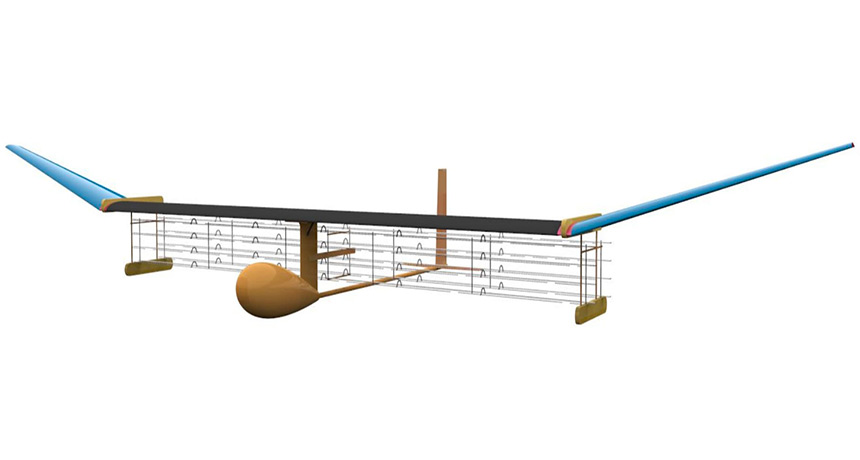
ION POWER A new aircraft (illustrated) is propelled forward by streams of charged molecules moving among wires.
H. Xu et al/Nature 2018

ION POWER A new aircraft (illustrated) is propelled forward by streams of charged molecules moving among wires.
H. Xu et al/Nature 2018